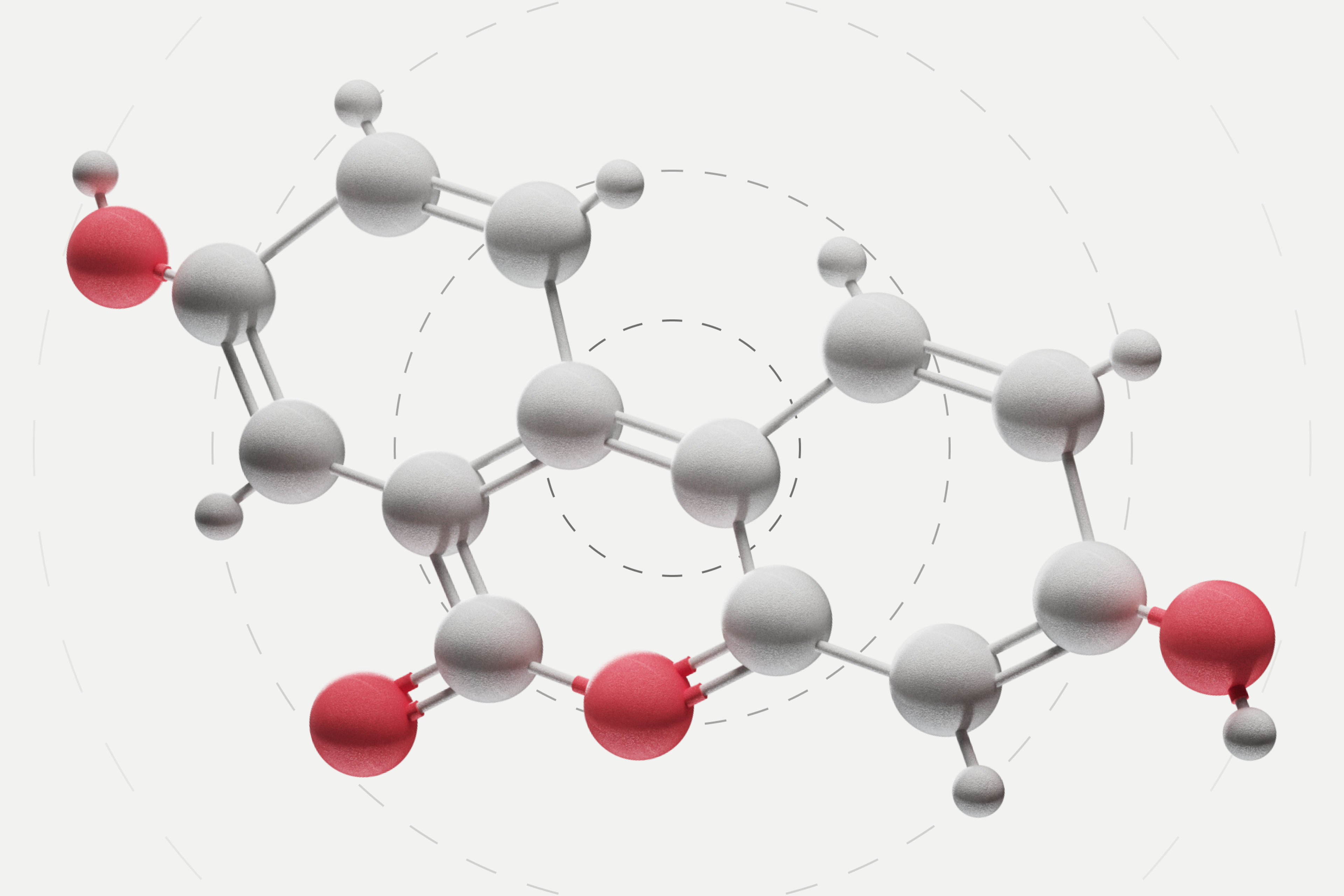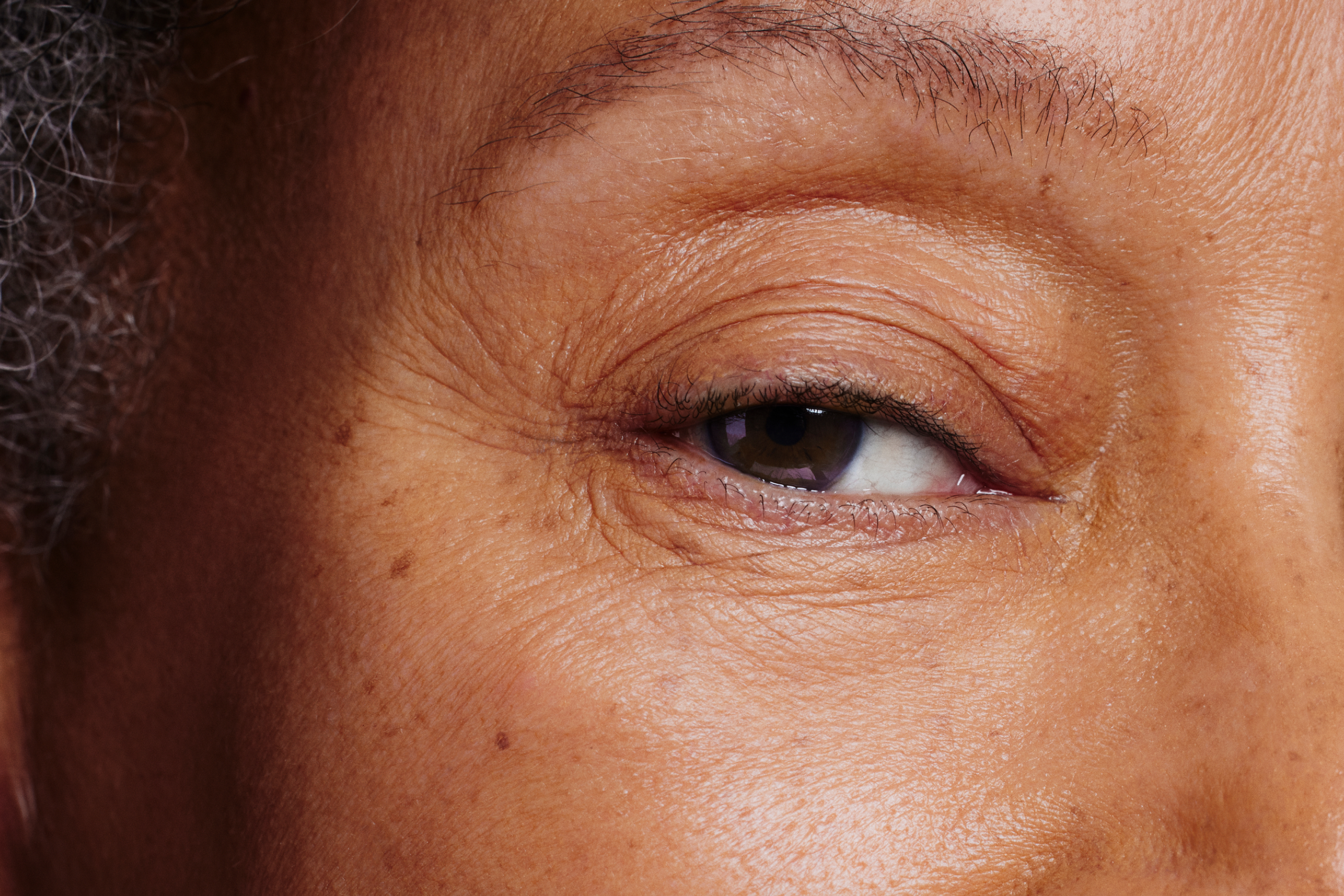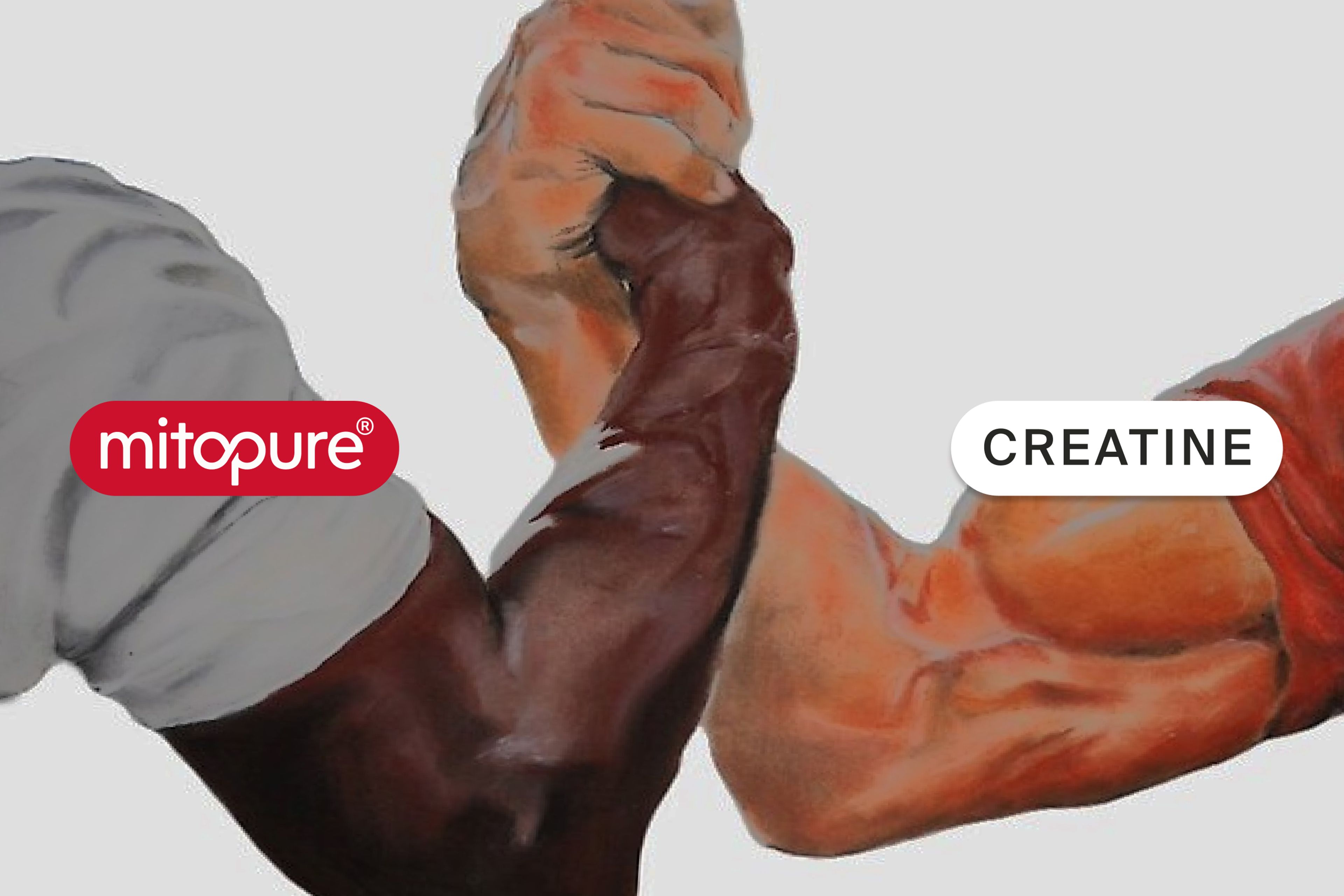2023 Urolithin A breakthroughs: the future of longevity
2023's groundbreaking Urolithin A research: from clinical skin trials to promising preclinical studies, we've uncovered a new path in healthy aging.

What to know
Research in 2023 has reinforced the crucial role of Urolithin A in enhancing mitochondrial health through mitophagy
The first clinical trial of Urolithin A for skin aging indicated its effectiveness in improving skin health, reducing wrinkles, and boosting collagen production
Several preclinical studies explored Urolithin A's impact on different organ systems, indicating its vast potential in health and longevity.
As 2023 comes to a close, the realm of health and longevity is abuzz with groundbreaking research published this year, particularly in the world of Urolithin A. This year has unveiled significant scientific insights, each shining a new light on the potential of this remarkable molecule. From its role in cellular health to its implications for longevity, the latest studies on Urolithin A are not just incremental steps; they're giant leaps in understanding how we can harness its power for better health. Join us as we delve into the crème de la crème of this year's Urolithin A research, uncovering the pivotal findings that are reshaping our approach to wellness and aging.
The magic of Mitopure® lies in mitophagy
Mitopure is a clinically validated, highly pure Urolithin A supplement, proven to re-energize the cell's energy producers: the mitochondria. It does this by triggering a mitochondrial quality control mechanism called mitophagy.
We know that mitochondrial decline and a decline in mitophagy are hallmarks of the aging process, contributing to the age-related decline in organ systems from the muscle to the skin, to the brain, and even our immune system.[1]
By understanding how Mitopure works at the cellular level, you can understand why longevity researchers and physicians want to learn more about how this molecule can help us stay healthy as we age.
For over a decade, researchers have been thoroughly studying how optimizing mitophagy with Urolithin A can enhance health, and this year, they continue to build on that topic. We’ve seen clinical trials on the topical use of Urolithin A in skin aging and incredible pre-clinical trials in a wide range of aging systems that will no doubt lead to human trials in the near future.
What follows is just a small sample of the existing research published in 2023.

Mitopure and skin aging
The first clinical trial of Urolithin A and skin aging was published this year, coinciding with the launch of Timeline’s Skin Health line.
Skin is our body's largest organ, providing a crucial barrier against external factors; however, as we age, our skin changes, leading to the development of wrinkles, thinning, dryness, and hyperpigmentation. Photoaging, caused by UV damage, accelerates this process.
This publication by D’Amico et al. included three distinct trials that tested the safety and effectiveness of the topical application of Urolithin A.
The trials used a split-face design, where one side of the face received UA treatment, and the other side did not, allowing for direct comparison. The effects of UA were measured through various methods, including assessing skin roughness, hydration, and the skin's barrier function. Skin biopsies and cell models were also analyzed to understand UA's molecular impact on skin tissue.
The results showed that Urolithin A improved several signs of skin aging, including wrinkle depth and an upregulation of genes associated with collagen production and organization (and a down-regulation of genes associated with collagen degradation). Urolithin A was able to improve skin health without the irritation often associated with other wrinkle reducers like retinol-based products.
This study also demonstrated that Urolithin A was able to improve the resilience of skin cells exposed to the damaging effects of UV light exposure, making it an effective tool in fighting the extrinsic factors associated with aging.

The Serum
Bestseller4.6 · 131 reviews
Lifts the skin. Powered by Mitopure®
Impact of Urolithin A on neuropathic pain
Neuropathic pain (NP) impacts anywhere from 6.9-10% of the population. It is a complex chronic pain condition with limited effective treatments.
Pre-clinical research has already shown that Urolithin A’s ability to activate mitophagy plays a neuroprotective role and can act as an analgesic in animal models.[2] A group from the Jiangsu Province Key Laboratory of Anesthesiology, Xuzhou Medical University, in China, further investigated Uroltihin A’s part in inducing mitophagy to alleviate neuropathic pain.
In this study published in Molecular Pain, Wang and team found that the administration of Urolithin A induced mitophagy in mice. This activation led to enhanced mitobiogenesis (development of new mitochondria) in both neurons and microglia (immune cells in the brain).
These findings suggest that UA's analgesic effect in NP might be linked to its ability to activate mitophagy and promote cellular health. Clinical trials will be needed to identify if Urolithin A will have a similar impact on neuropathic pain in humans.
Revitalizing aging immune systems with Urolithin A
Hematopoietic stem cells (HSCs) are vital for our immune health as they produce all the blood and immune cells throughout our lifetime. As we age, the capability of these cells diminishes, playing a significant role in the decline of our immune system as we get older. A key factor in these age-related changes is the abnormal buildup of mitochondria in HSCs.[3]
Girotra et al. sought to examine the impact of Urolithin A on HSCs and immune aging in mouse models. One of the ways Urolithin A works is by inducing mitophagy and stimulating the generation of healthy mitochondria, which are crucial for healthy immune cells.
When given to older mice, it helped improve the function of their aging stem cells, leading to an increase in the types of blood cells that are important for a healthy immune system.
Additionally, the study found that older mice given Urolithin A had a better response to fighting off viruses, showing that their immune system was working better.
In simple terms, Urolithin A appears to hold promise in rejuvenating aging blood stem cells, potentially improving immune function and overall health, especially in older adults.

Urolithin A’s role in eye health
Astrocytes, abundant in the central nervous system, are vital for optic nerve health. The optic nerve and retina, being highly metabolically active, depend on efficient mitochondrial function in these cells.
In this groundbreaking study, published in Cells, Yazdankhah and team introduced an animal model focused on gene mutations to help scientists better understand why the optic nerve degenerates.
A key finding in this study is that the impaired mitochondrial health and mitophagy in these astrocytes led to degeneration of the optic nerve. Interestingly, Urolithin A, known for stimulating mitophagy and preventing damaged mitochondria accumulation, was able to induce mitophagy in these optic cells, mitigating optic nerve degeneration.
Mitochondrial links to migraines
Migraines are a debilitating neurological condition that affects a significant portion of the population. Emerging evidence suggests a potential role for mitochondrial dysfunction in migraines, as evidenced by the fact that the prevalence of migraines in patients with mitochondrial disease is more than twice that in the general population.
To explore this idea further, Xie and team used a special mouse mode to explore the role of the mitochondria in migraine.
They gave mice a substance called nitroglycerin, which is known to cause headaches similar to migraines in humans. The experimental approach involved dividing mice into various groups, some of which received nitroglycerin to simulate migraine conditions. Some mice were given Urolithin A since it is known to have mitochondrial protecting effects.
Notably, nitroglycerin-treated mice exhibited marked mitochondrial dysfunction in the parts of the brain, characterized by reduced energy production and evident mitochondrial damage. Interestingly, in the mice who received Urolithin A, there was a notable improvement in pain and a reduction in mitochondrial damage.
Wrapping up 2023
As we conclude 2023, it's clear that Urolithin A has taken center stage in pioneering health and longevity research. This year's studies have offered groundbreaking insights. It’s important to note that much of this research is preclinical, predominantly conducted in lab settings or animal models. While these findings are encouraging and pave the way for future innovations, they may not directly translate to humans without further clinical trials and validation. Nonetheless, the strides made in understanding the role of mitochondrial decline and reduced mitophagy in how we age and it marks a forward step in our quest for healthy aging.
Authors

Written by
Senior Manager of Nutrition Affairs

Reviewed by
Lead Regulatory Affairs & Scientific Manager Alliances at Timeline
References
- ↑
López-Otín C, Blasco MA, Partridge L, Serrano M, Kroemer G. Hallmarks of aging: An expanding universe. Cell. Published online January 3, 2023. doi:10.1016/j.cell.2022.11.001 (https://www.zotero.org/google-docs/?brKRSe)
- ↑
Wang C, Wang Z, Xue S, et al. Urolithin A alleviates neuropathic pain and activates mitophagy. Mol Pain. 2023;19:17448069231190815. doi:10.1177/17448069231190815 (https://www.zotero.org/google-docs/?brKRSe)
- ↑
Girotra M, Chiang YH, Charmoy M, et al. Induction of mitochondrial recycling reverts age-associated decline of the hematopoietic and immune systems. Nat Aging. 2023;3(9):1057-1066. doi:10.1038/s43587-023-00473-3 (https://www.zotero.org/google-docs/?brKRSe)

•
Nutrition•
First-of-Its-Kind Longevity Gummy Launched

•
Nutrition•
Studies•







